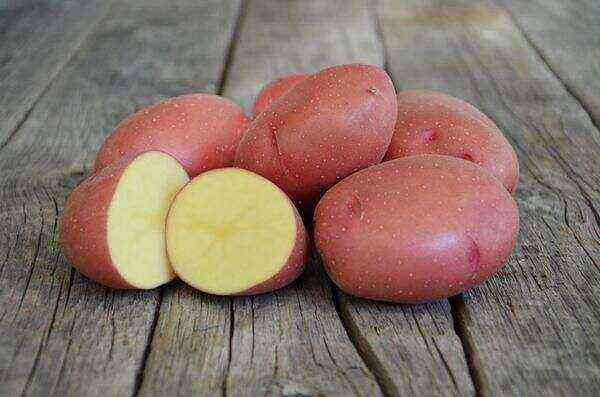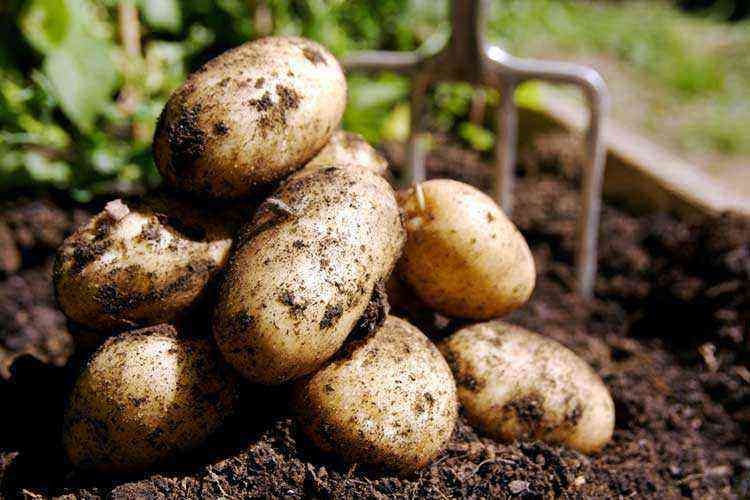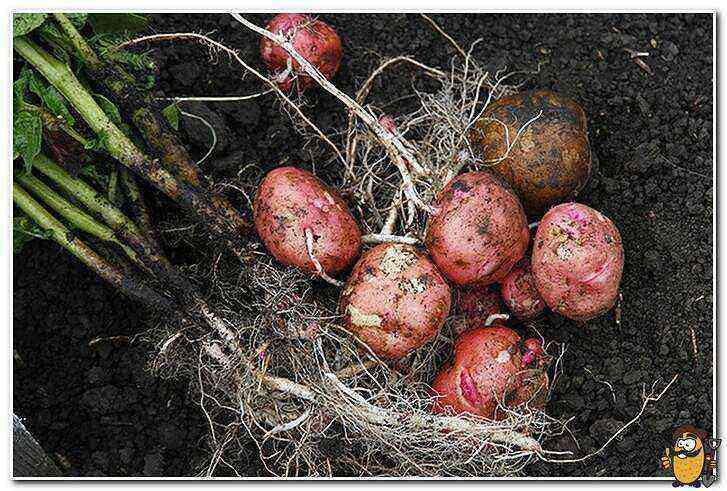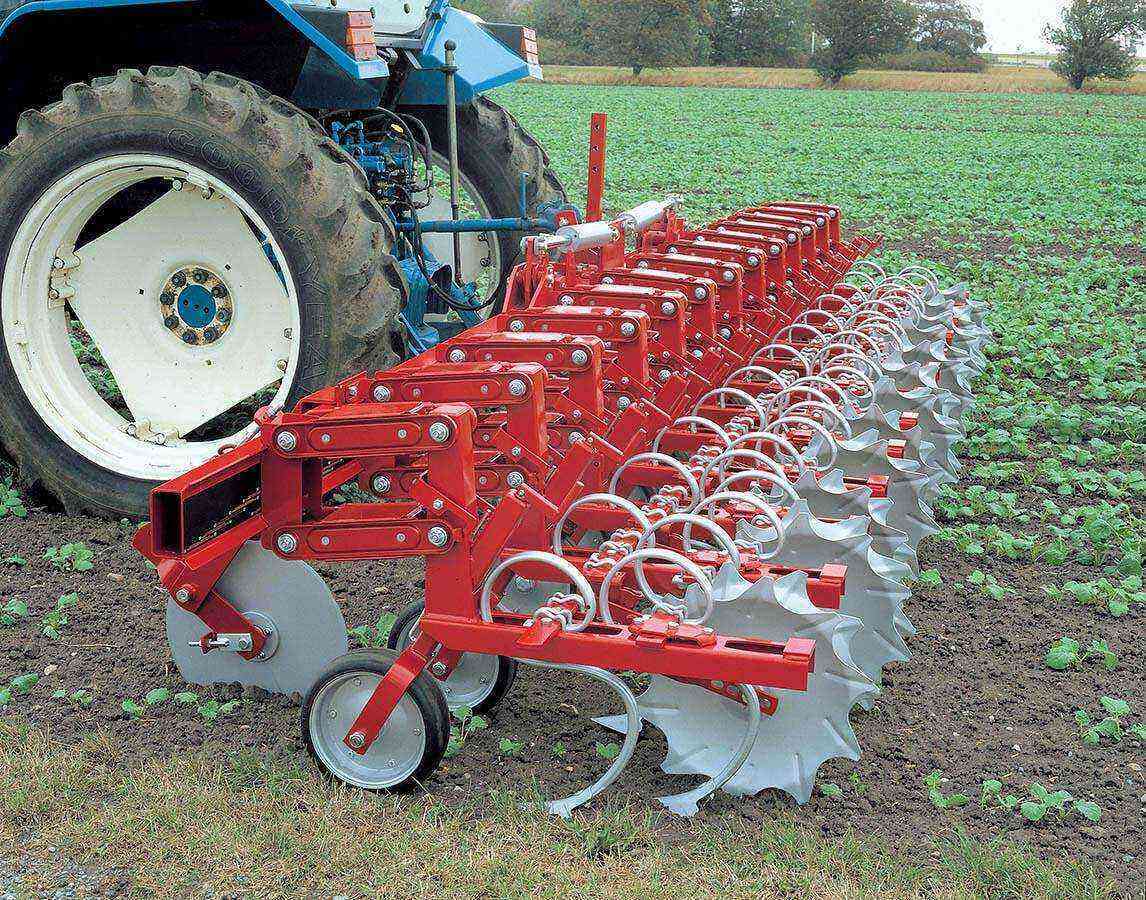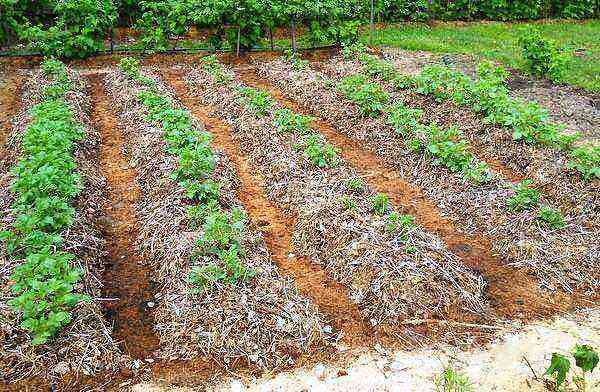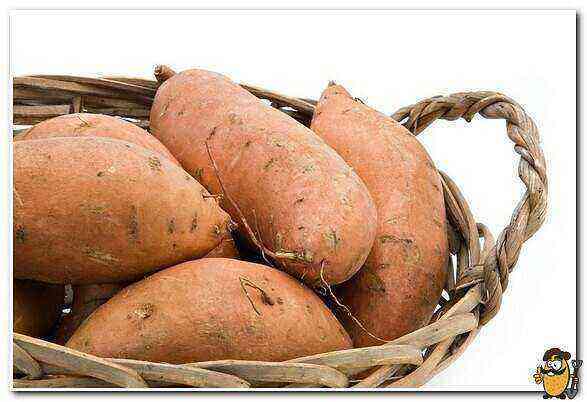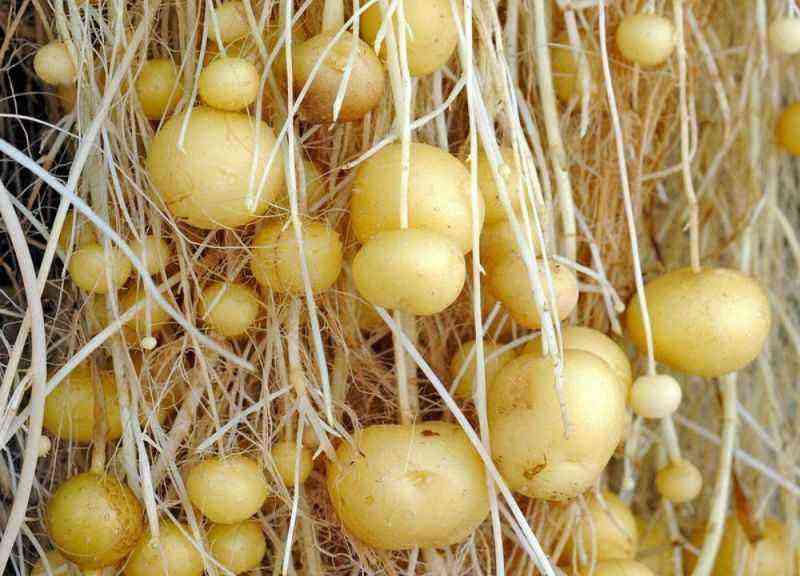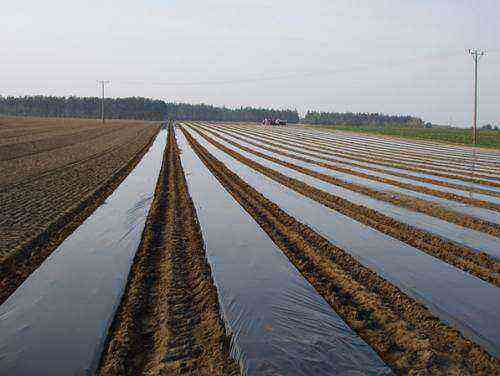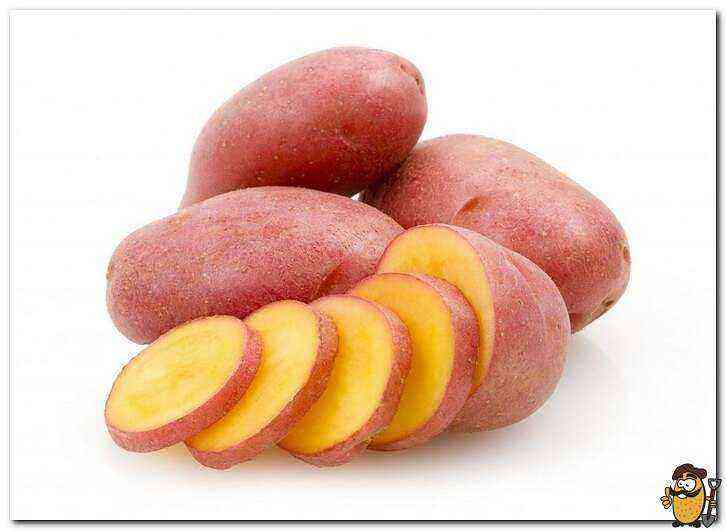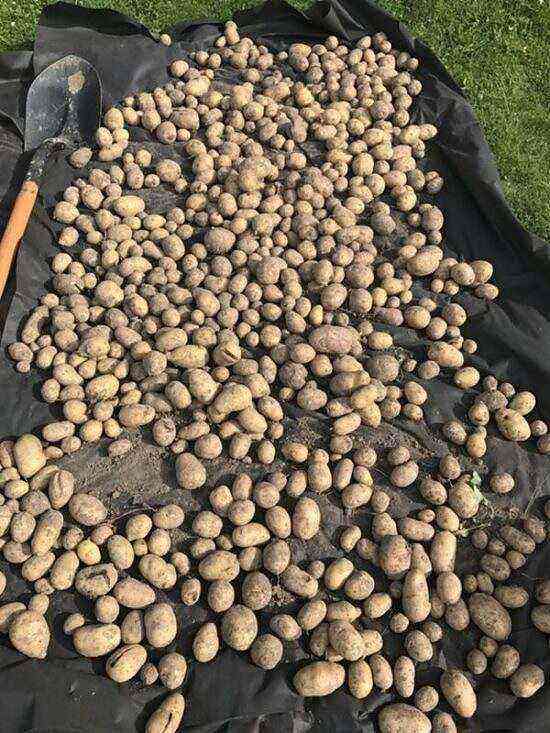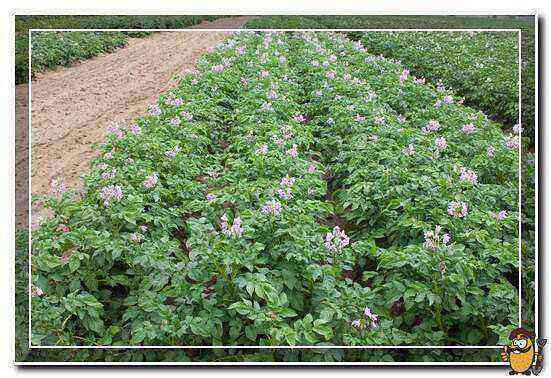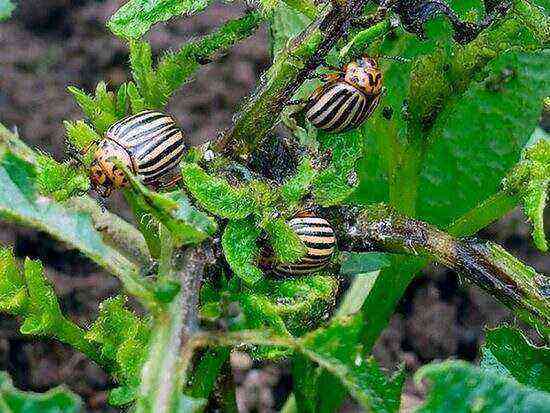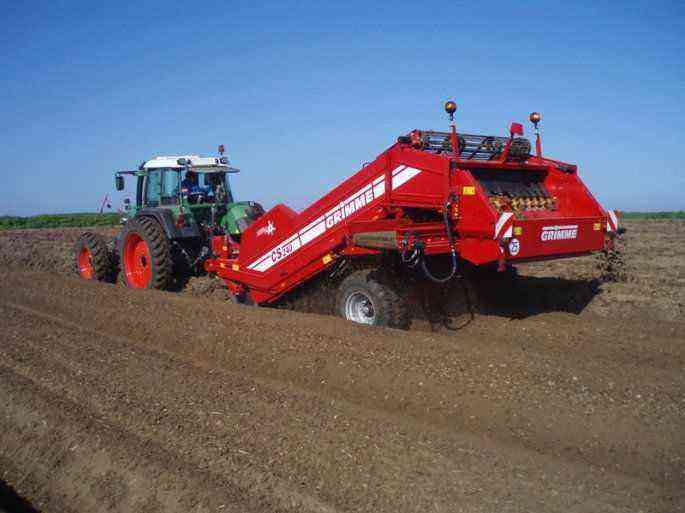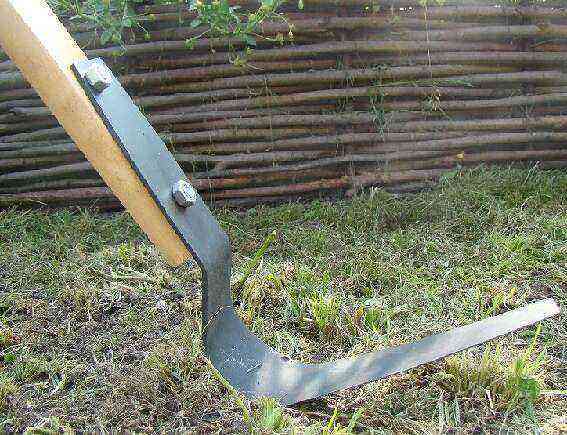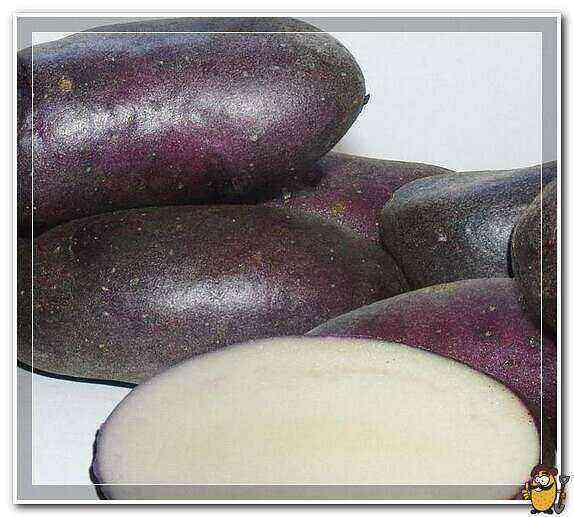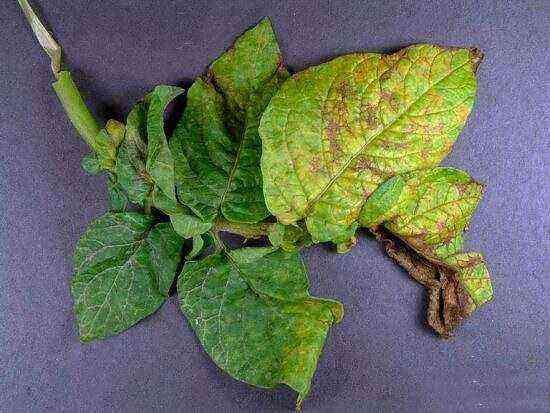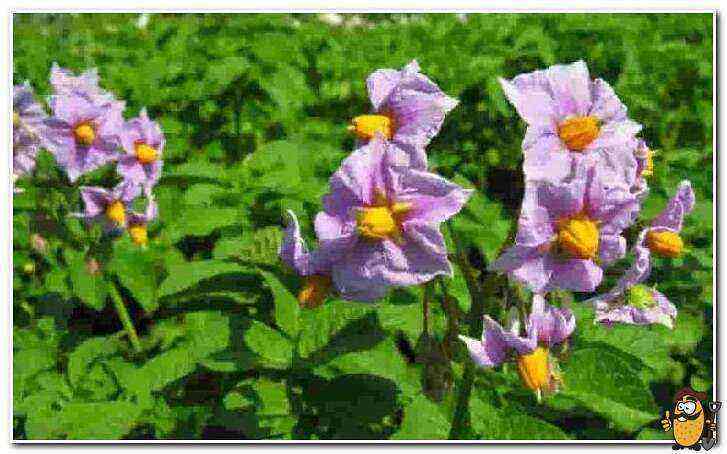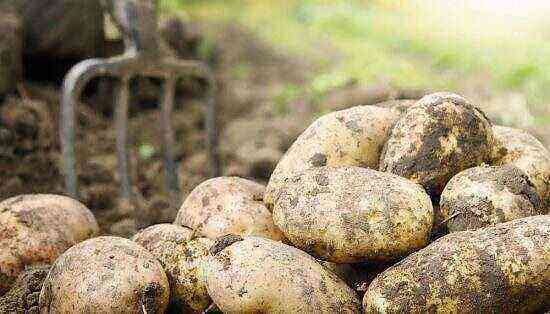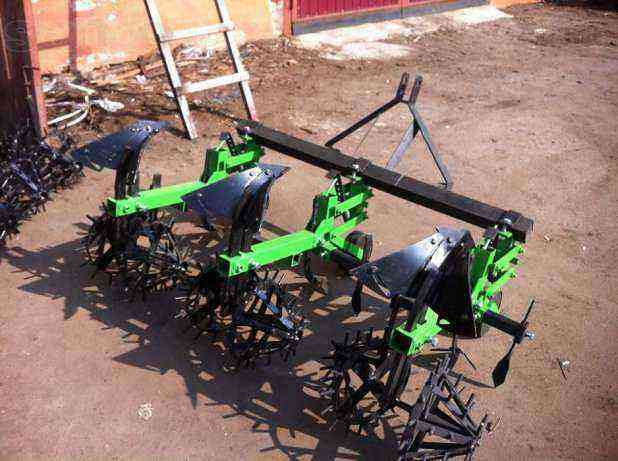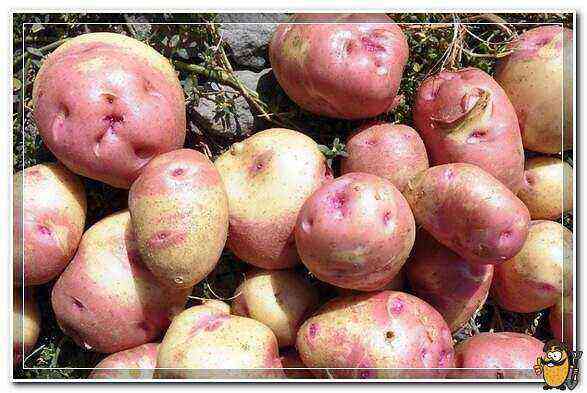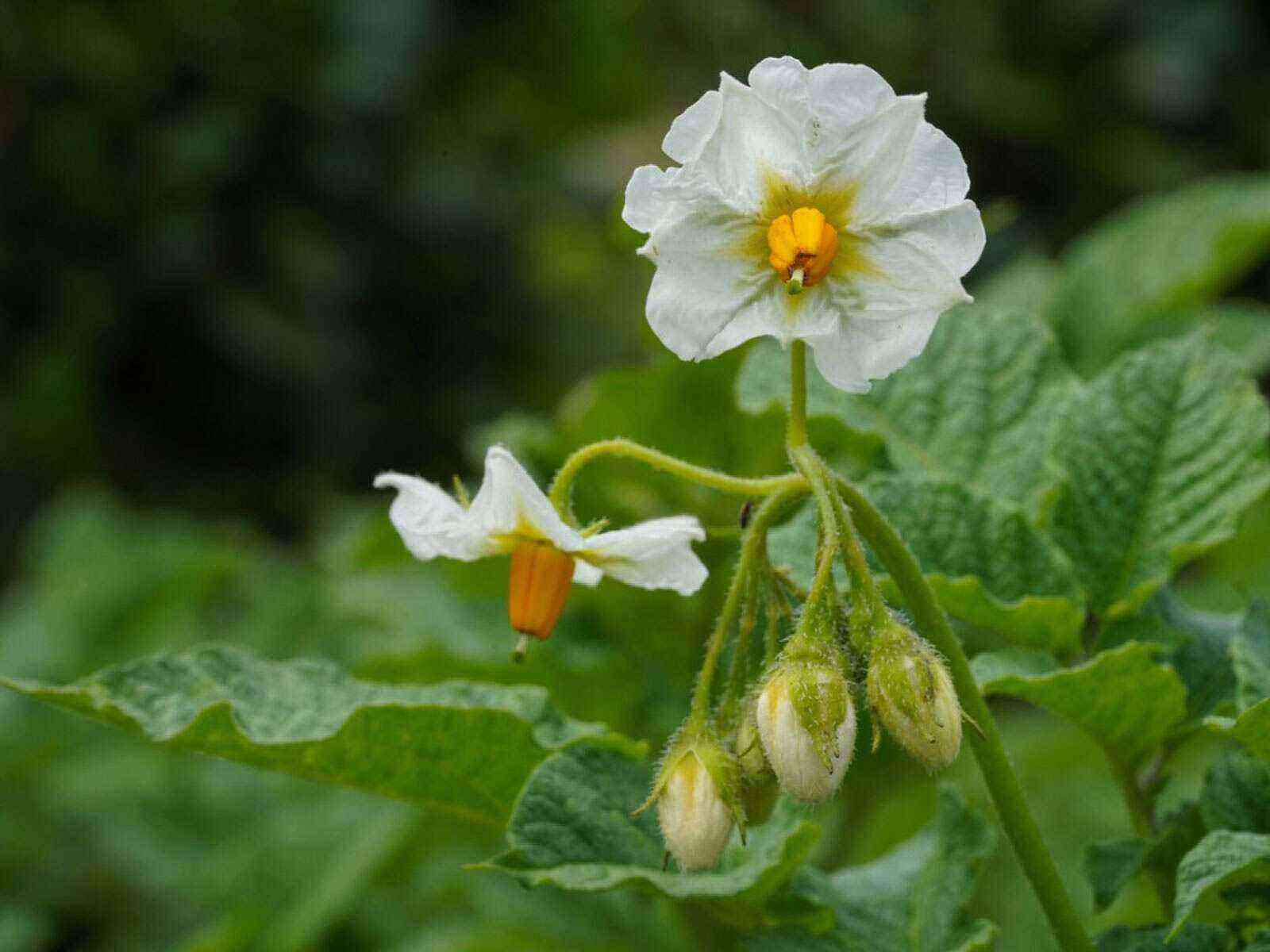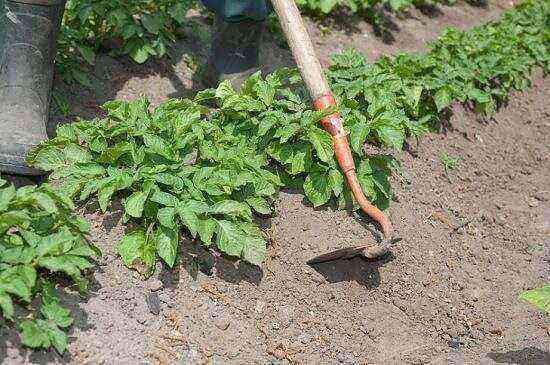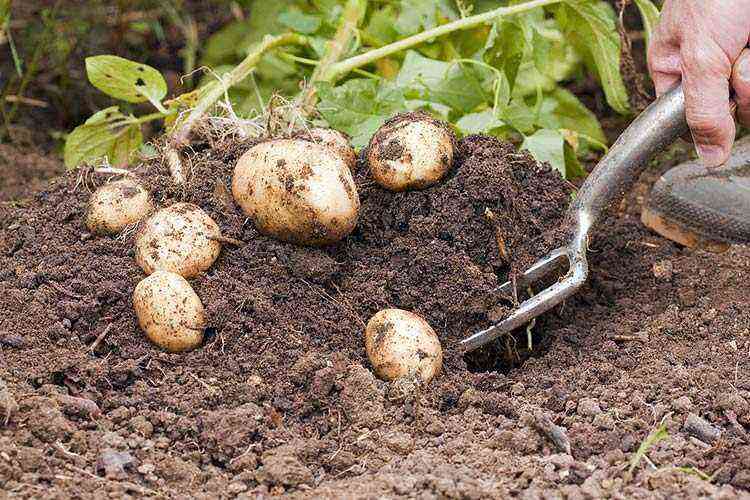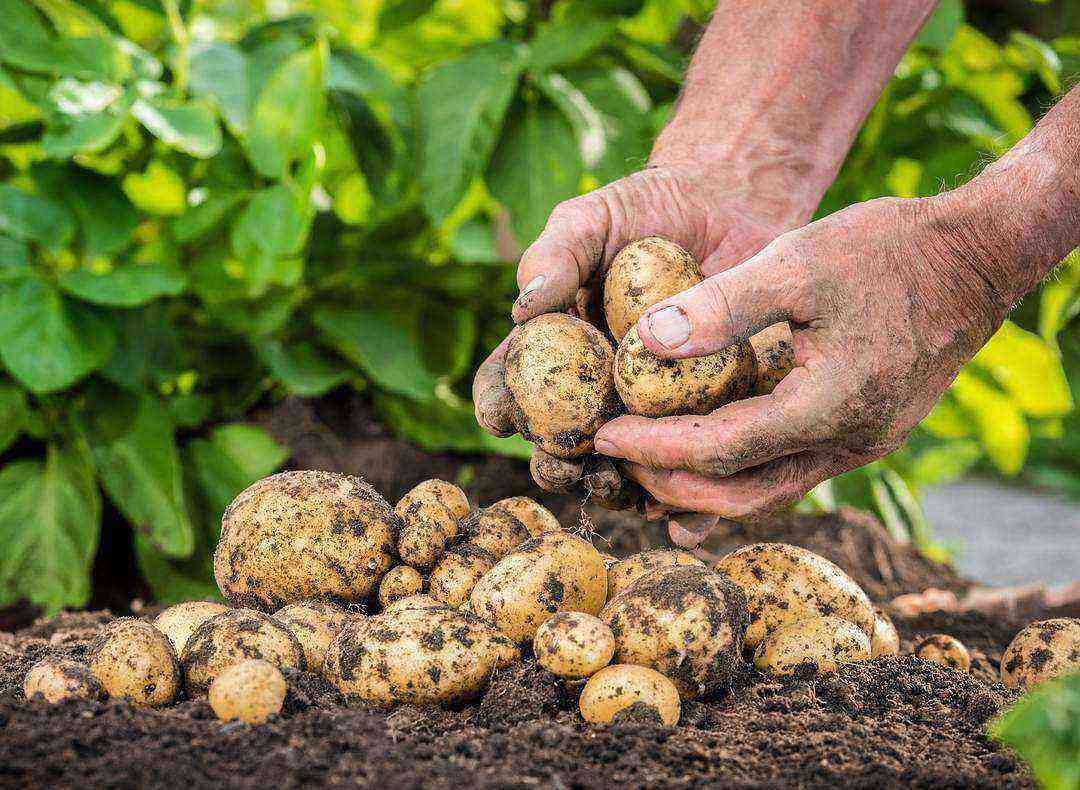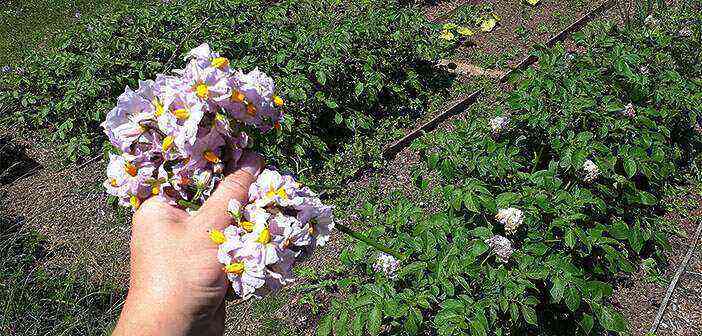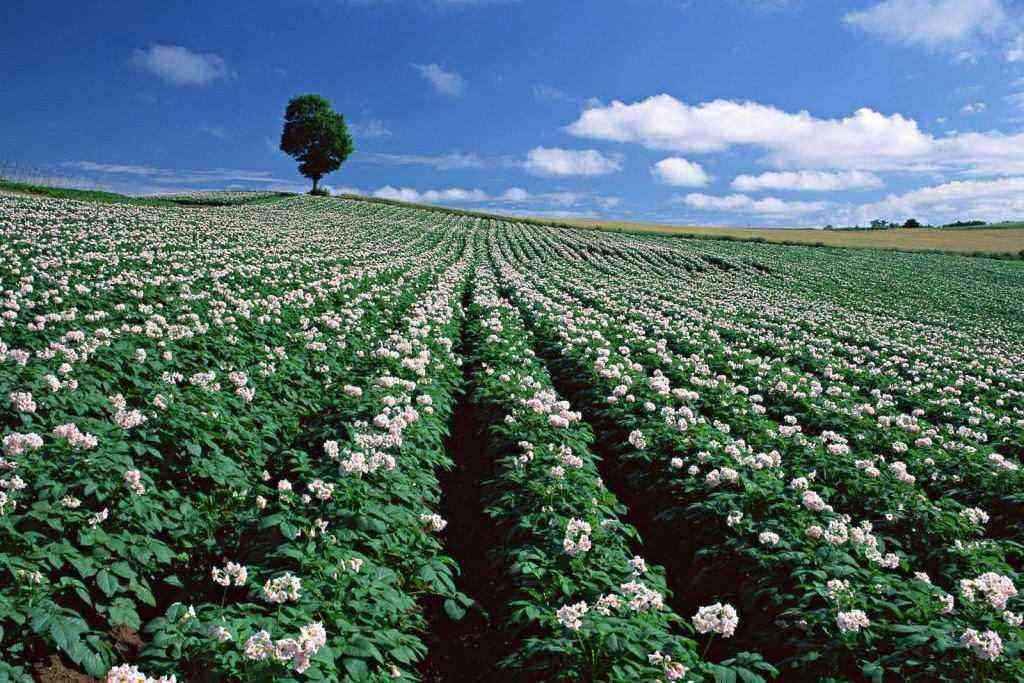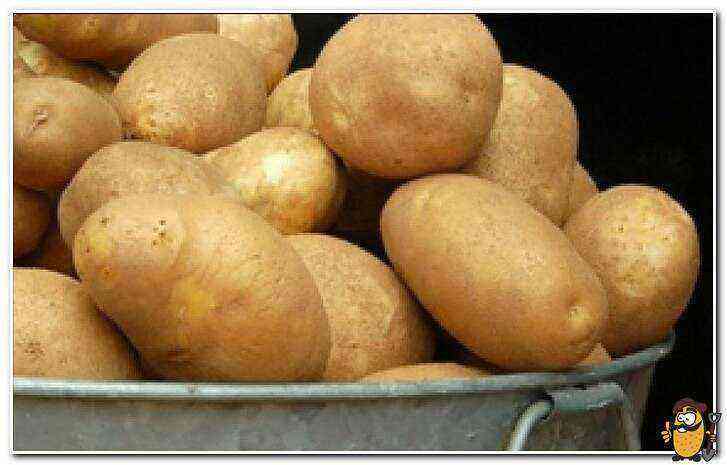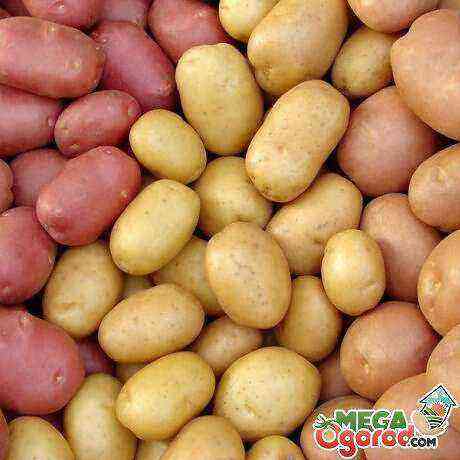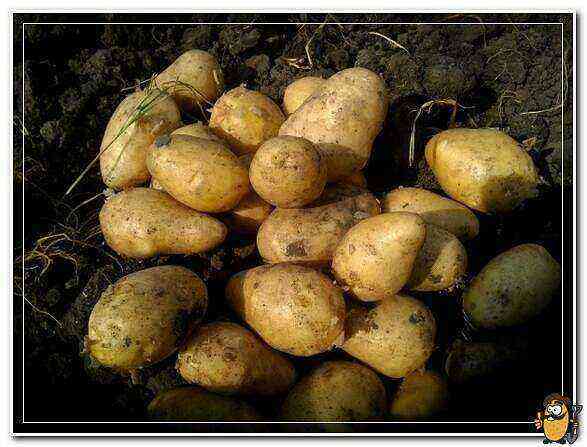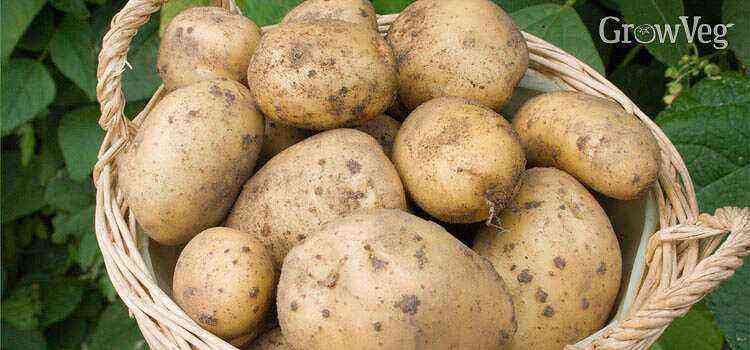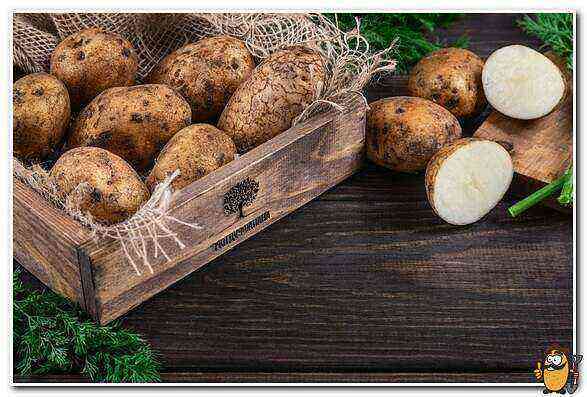The cultivation of potatoes using the fan hilling method often gives the largest yields. This method is very simple. It is suitable for those summer cottage owners who can come to their garden only on weekends. The process has a positive effect on the development and formation of potato bushes. Hilling helps to raise yields by at least 30%.
Features of fan hilling of potatoes
When planning to use this method, it is worth preparing during planting. The distance between the grooves should be at least 40 cm, and preferably 60 cm. This will make it easier to fan out the shoots, the plant will have more room for growth. This kind of treatment of bushes is carried out when the shoots have reached about 20 cm in height.
The work is done with hands and a shovel, as seen in the video. Manually, the stems are bred, scattered in a fan-like manner. That is, the bush is straightened in the shape of the sun. Raking the earth from the groove with a shovel, pour it into the middle of the bush. You need to distribute the soil so that only the tops of the shoots are visible. Sprinkle on top with siderates or hay, this will help to retain moisture. Shoots will soon start growing in the right direction. Such a bush will expand after weeks, forming a larger number of new shoots. Hilling potatoes has its positive and negative aspects.
Important!
Potatoes need a loose and smooth soil with a high content of oxygen and trace elements.
Pros Cons
Stimulating the root system. The formation of new root shoots not only increases the yield, but also the mass of tubers. This is due to the greater consumption of nutrients by the plant, water
Incorrect execution can disrupt the development of shoots
Additional covering of shoots saves them from the scorching sun or frost
If the potatoes are planted deeply, then excessive filling with soil can lead to negative consequences for the root system.
During the process, the soil is loosened, which increases the flow of oxygen to the roots and improves crop growth
The soil between the rows of plants is very dry
An auxiliary soil drainage system is created, excess water flows into the groove. This neutralizes the problem of waterlogging or excess moisture.
The procedure takes time, effort
The cleared soil near the bushes is well lit and warmed up
—
Mulch retains moisture and looseness of the soil. It slows down the growth of weeds in the garden
—
Every second summer cottage owner conducts experiments on the site. Results vary, but fan hilling is becoming more and more popular as it increases crop yields exponentially.
Timing and frequency
The timing of planting tubers depends on the climate, variety. Each grower chooses the hilling time independently. Looking at the condition of the beds, he decides when it is best to do this procedure. On average, potatoes are spud 2 or 3 times per summer.
Approximate frequency of hilling:
- for the first time – when the bushes grow up to 20 cm;
- in the second – about 2-3 weeks after the first treatment;
- the next one – 30 days after the second session, usually the third procedure is not required.
Important!
During flowering, hilling is prohibited, it can harm the plant.
Most summer residents have switched to this method of growing potatoes. They noticed that the sown area decreased, and the yield increased by 2 times. It is recommended to huddle in the morning or in the evening, when there is no heat. It is easier to work this way and the plants are protected from wilting.
Read also!
Other ways of hilling
Tilling the soil with hoes (hoes) is a classic method for small areas. Digging is done with a hoe between the rows. Hilling is performed in one direction. Passing between the rows, first they spud one side of the bushes. Passing along the row in the opposite direction, collect the earth from the other side. Further, the soil is covered from all edges, forming a bunch of potato stalks. The earth rises in both height and width. The line of the beds ends with a hill that retains moisture.
They also use the method of hilling according to Zamyatkin (similar to the fan one), he proposed his own method of growing potatoes. In his opinion, traditional loosening reduces the yield. Inside the bush, there is a competition for lighting and moisture. His method consists in planting tubers like on a chessboard, with an interval of about 35 cm. When the seedlings grow 15-20 cm, the stems are bred in different directions, and straw, grass or foliage are spread in the middle of the bush.
On a note!
The Colorado potato beetle and other pests try to avoid mulched beds.
Reviews
Various ways of leaving find their fans, a beginner looks for reviews from vegetable growers to get detailed information. They provide advice on how to properly care for your garden beds. At times, the seasoned gardener himself tries different methods, and then reports on the results of the experience in forums dedicated to culture.
Victoria
Recently I have been doing a fan hilling of potatoes. An affordable, efficient way. Suitable for small areas. For hilling I use mustard plants or hay. This allows you to make your vegetable garden productive.
Jeanne
I noticed that when using the correct hilling, the pests were almost gone. Spreading the bush to the sides, I cover it with rape. I plant it in the aisles when planting potatoes. The collection has grown. Abundant watering is not needed, since moisture remains under the shelter for a long time. I recommend this method of growing potatoes for those with small plots.
A potato is a plant whose roots grow horizontally. Sprinkling parts of the stem makes it possible to form new roots and tubers. Oxygen supply to the tubers promotes mass gain. The leaves store glucose, which dissolves and ends up in the nightshade. Hilling and loosening the potatoes helps to grow tasty and large tubers.
